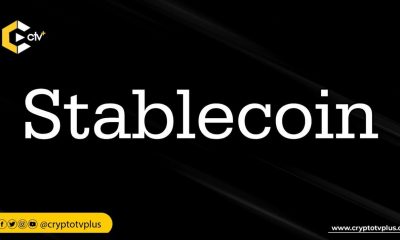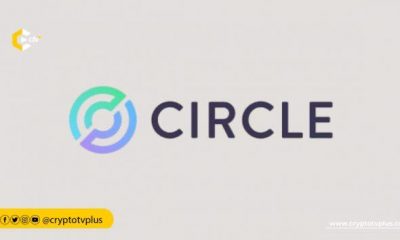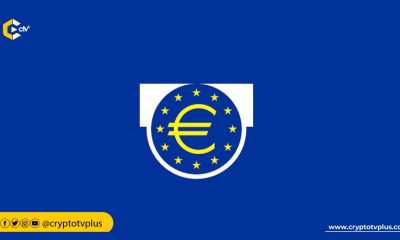Education
Differences between BUSD & USDC

Stablecoins are cryptocurrencies with prices pegged to an asset such as fiat, commodities or another cryptocurrency. Cryptocurrencies prices are known to be very volatile; Bitcoin for example has had high prices followed by lower prices in the same year. Stablecoins were created to provide a way for crypto holders to hedge against market volatility.
Stablecoins are divided into three main types – fiat-pegged stablecoins, commodity-pegged stablecoins, and crypto-pegged stablecoins. Fiat-backed stablecoins are those pegged to a fiat currency such as the US dollar. Examples include USDT, BUSD and USDC).
Stablecoins that are pegged to a commodity such as gold or silver are called Commodity-pegged stablecoins, and an example includes Tether gold – XAUT. While crypto-pegged stablecoins – such as Wrapped Bitcoin (WBTC) – follow the value of the particular cryptocurrency it is pegged to.
In this article, we will explore the difference between two fiat backed stablecoins – BUSD and USDC.
What differentiates BUSD and USDC?
BUSD as a multichain asset & regulation
BUSD, also known as Binance USD, is a dollar-pegged stablecoin issued by Paxos in partnership with Binance in 2019. It was approved under the regulation of the New York State Department of Financial Services.
Similar to other stablecoins like USDT, BUSD is a multichain asset on the Ethereum blockchain, BNB Chain, BNB Beacon Chain, Avalanche, and Polygon network. This means that users need to choose the particular BUSD (on which network) they either want to send or receive to prevent the loss of funds.
Market data
BUSD has had a marketcap not lower than $16 billion in the last three months with an average of 150,000 holders in the last three months. In all its existence, the All Time High is
$1.11 and All Time Low is $0.8861. Details about BUSD show that it is 100% backed by reserves held in either or both fiat cash in specific omnibus accounts at insured U.S. banks and U.S. Treasury bills.
USDC
USDC is a stablecoin that is pegged to the dollar on a 1:1 basis. For each USDC that is in circulation, there is 1 USD in reserve for it. Although maintaining this reserve is not always assured.
The stablecoin was launched in 2018 by the Centre Consortium, made up of Circle and Coinbase cryptocurrency exchange, and an upgrade was initiated two years later. Because of the upgrade, users don’t have to pay transaction fees involving USDC in ETH any more. They can do so using USDC and a third party monitoring wallet making it easier for new users to try USDC.
Another implication of the upgrade showed that the stablecoin has become more decentralized and secured as more administrative functions were moved on-chain reducing off-chain errors.
Multichain asset
The upgrade was done to enhance its usage for payments, commerce, and peer-to-peer transactions. While USDC was launched on the Ethereum blockchain, it has become a multichain asset. Users can now also access USDC on Solana, Stellar, Algorand, Polygon, Hedera, Flow, Tron, and Avalanche.
Market data
In the last three months, it has had a marketcap of not lower than $42 billion, and an average total number of 1,570,000 holders. USDC has an All Time High and All Time Low of
$2.35 and $0.9292 respectively, and it being audited by GrantThornton.
Litigation
In September, Coinbase, one of the issuers of USDC, was asked by the US SEC to reconsider launching its Lend product. According to Coinbase, the “Lend” product was meant to allow users earn interest for depositing certain digital assets with the exchange, including USDC. Because of the information given by the US SEC of a possible lawsuit with Coinbase, the product was aborted.
A month later, Circle, the other issuing partner of USDC received a subpoena from SEC to verify its holdings, customer programs and operations. Information revealed that Circle started onboarding corporate USDC users on its Circle yield, an interest yielding platform, and was also planning to go public. Until now, the exchange has not gone public as there are no resolutions yet.
Read also;
























